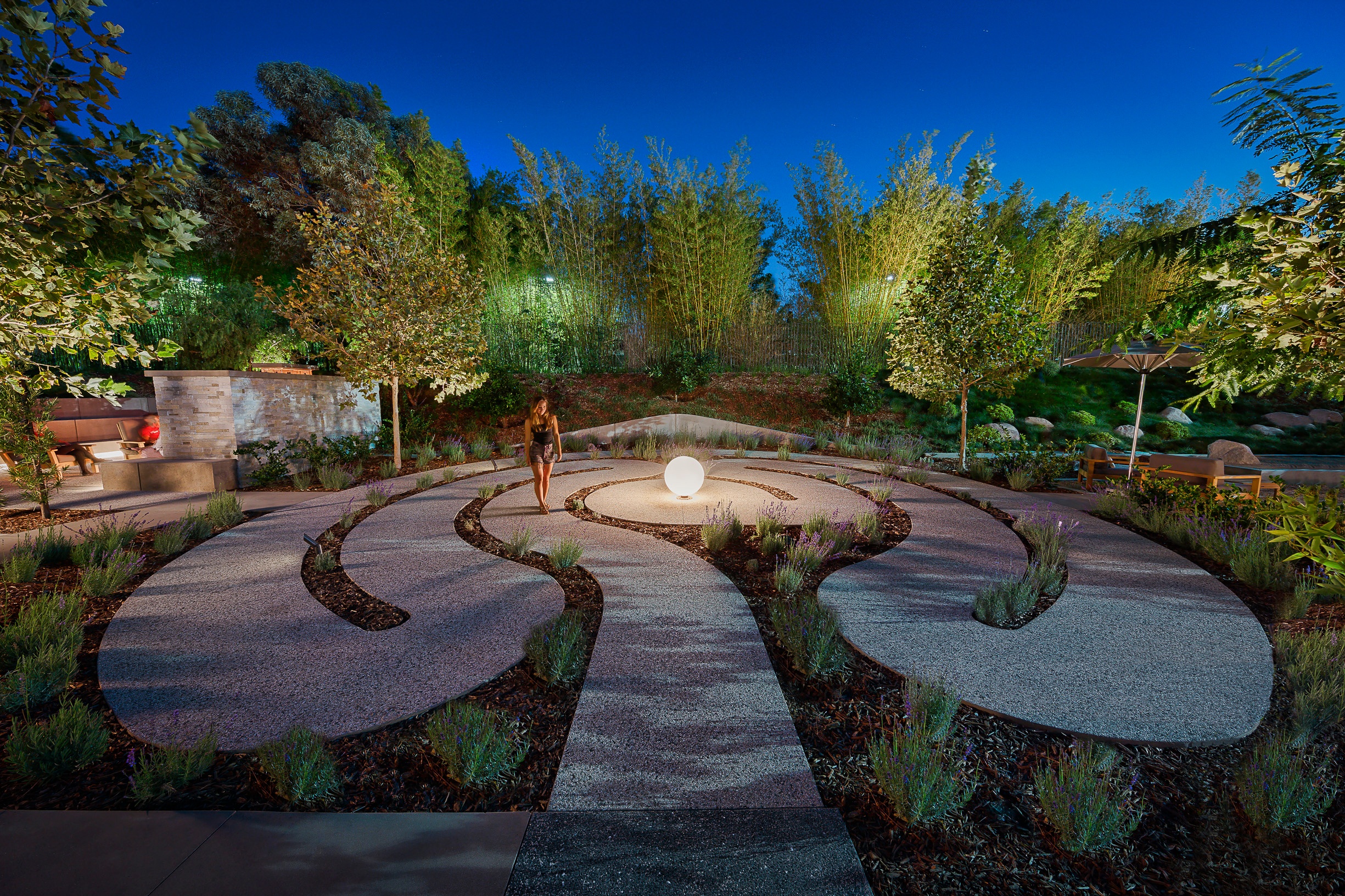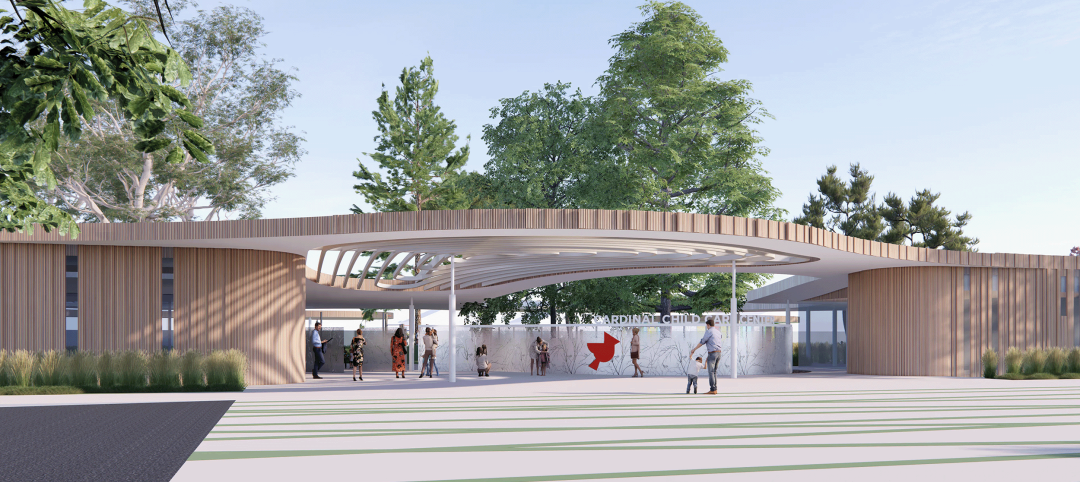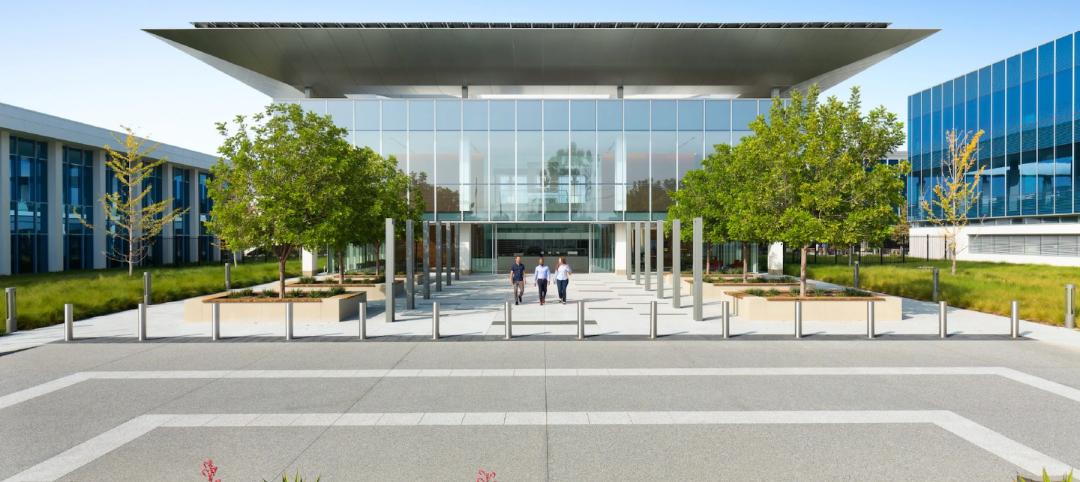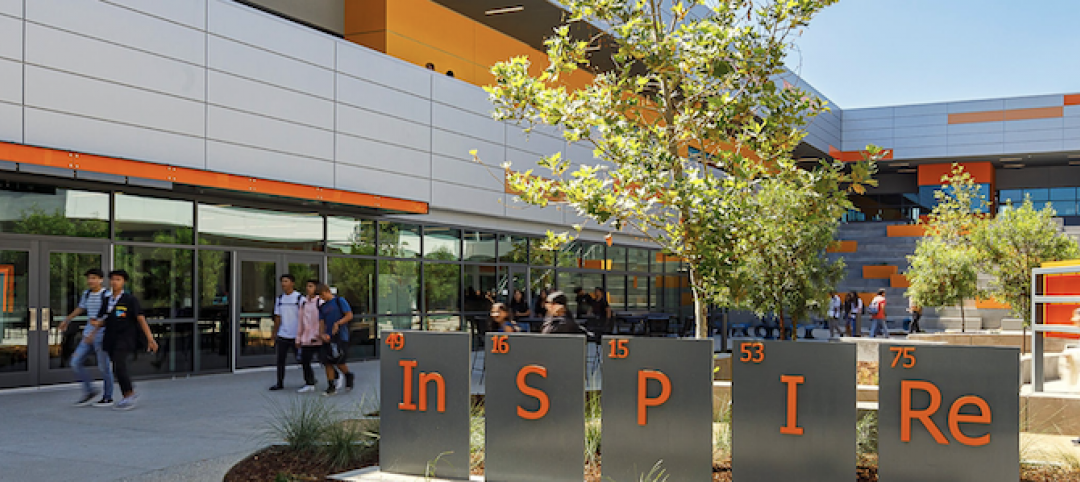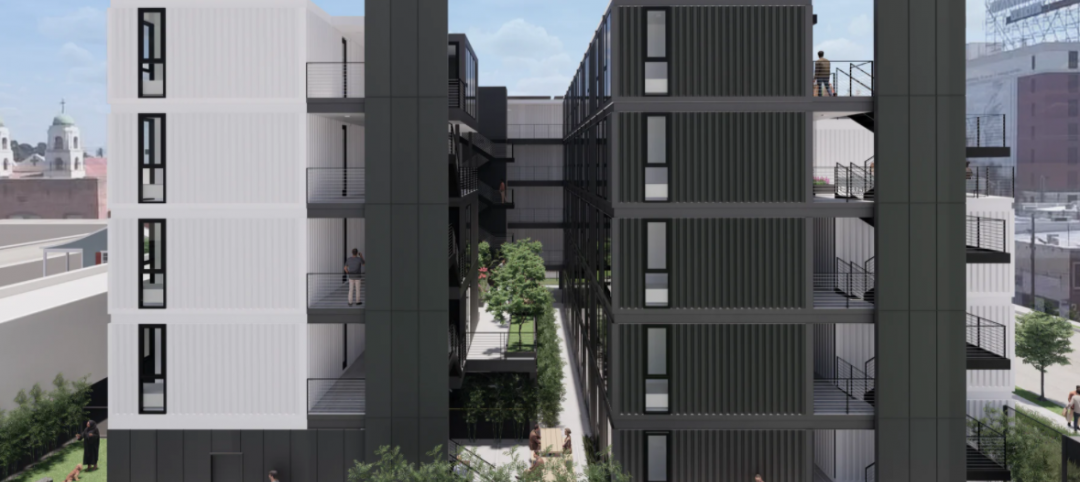Some of the biggest challenges impacting today’s students’ well-being and success include stress, lack of sleep and depression. All have been shown to improve through an active lifestyle and awareness of health and wellness.
The design of our physical environment directly influences how we live. Design can address a larger social cause beyond just a specific project, and in the process reveal a universal truth. Active design, a dynamic approach to design with a primary focus on people, assists students in learning to make healthy choices, coping with stress, taking responsibility for overall health and wellness and developing lifelong healthy habits.
Specifically, active design concepts intentionally plan for students to develop their mind and body, as well as establish habits that result in lifelong health and wellness. It explores planning concepts that promote an active lifestyle, balanced by places for relaxation and reflection. These ideas generally promote choosing the less convenient option with the intent to burn more energy—an abundant energy source produced by the human body known as calories.
Campus recreation centers are a well-known example of active design, as they have become a primary social destination and recruiting tool for universities. These dynamic student life hubs are becoming the place on campus to see and be seen by fellow students, promoting a social group environment for student discovery and collaboration.
These concepts are not limited to recreation centers and can be applied in all instances of real-time critical thinking, decision-making and problem solving.
Childhood experiences provide early memories of a more active lifestyle. We engaged in learning about life through play and other physical activities, interacting with people and things while being in nature. With active design, the campus experience promotes an active lifestyle through exploration of the built environment and social interaction.
Lifelong health and wellness is achieved through a series of informed choices you make in life. Through intentional teachable moments, active design concepts are reshaping higher education facilities and preparing students for a lifelong commitment to health and wellness by reminding us of the joy of an active lifestyle.
A version of this story originally appeared in LPA Studies: Palomar College Humanities Building.
About the Author: Glenn Carels is a Principal/Chief Design Officer at California-based LPA Inc. As the California State University system moves toward greener campuses, Carels has played a critical role in the implementation of their sustainability guidelines and initiatives. During his 30-year career, he’s garnered 62 AIA awards for his design work in Higher Education facilities.
More from Author
LPA | Mar 28, 2024
Workplace campus design philosophy: People are the new amenity
Nick Arambarri, AIA, LEED AP BD+C, NCARB, Director of Commercial, LPA, underscores the value of providing rich, human-focused environments for the return-to-office workforce.
LPA | Feb 8, 2024
LPA President Dan Heinfeld announced retirement
LPA Design Studios announced the upcoming retirement of longtime president Dan Heinfeld, who led the firm’s growth from a small, commercial development-focused architecture studio into a nation-leading integrated design practice setting new standards for performance and design excellence.
LPA | Mar 2, 2023
The next steps for a sustainable, decarbonized future
For building owners and developers, the push to net zero energy and carbon neutrality is no longer an academic discussion.
LPA | Dec 20, 2022
Designing an inspiring, net zero early childhood learning center
LPA's design for a new learning center in San Bernardino provides a model for a facility that prepares children for learning and supports the community.
LPA | Aug 22, 2022
Less bad is no longer good enough
As we enter the next phase of our fight against climate change, I am cautiously optimistic about our sustainable future and the design industry’s ability to affect what the American Institute of Architects (AIA) calls the biggest challenge of our generation.
LPA | Aug 9, 2022
Designing healthy learning environments
Studies confirm healthy environments can improve learning outcomes and student success.
LPA | Jul 6, 2022
The power of contextual housing development
Creating urban villages and vibrant communities starts with a better understanding of place, writes LPA's Matthew Porreca.
LPA | Mar 21, 2022
Finding the ROI for biophilic design
It takes more than big windows and a few plants to create an effective biophilic design.
LPA | Apr 28, 2021
Did the campus design work?
A post-occupancy evaluation of the eSTEM Academy provides valuable lessons for future campuses.
LPA | Feb 23, 2021
Rising costs push developers to consider modular construction
The mainstreaming of modular construction offers a cost-effective and creative solution to develop new types of urban developments.

